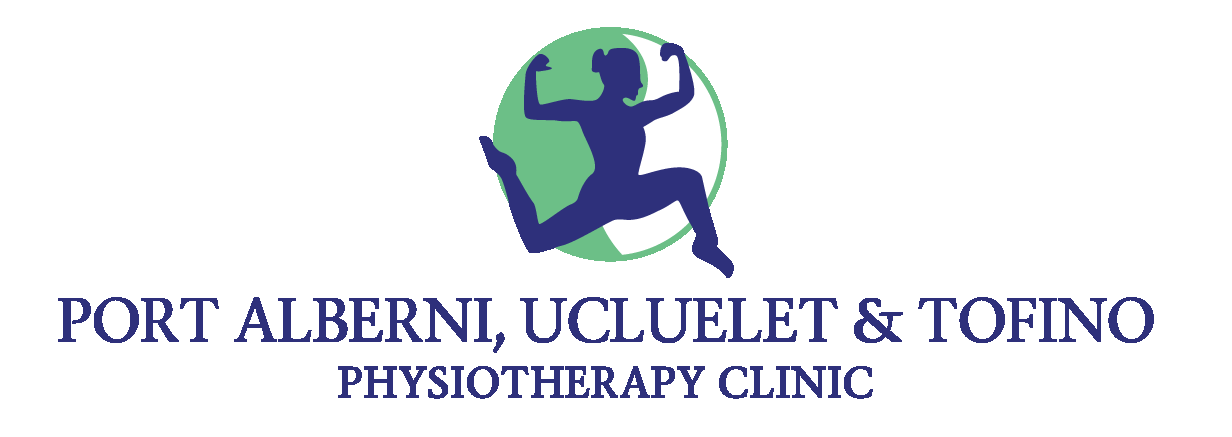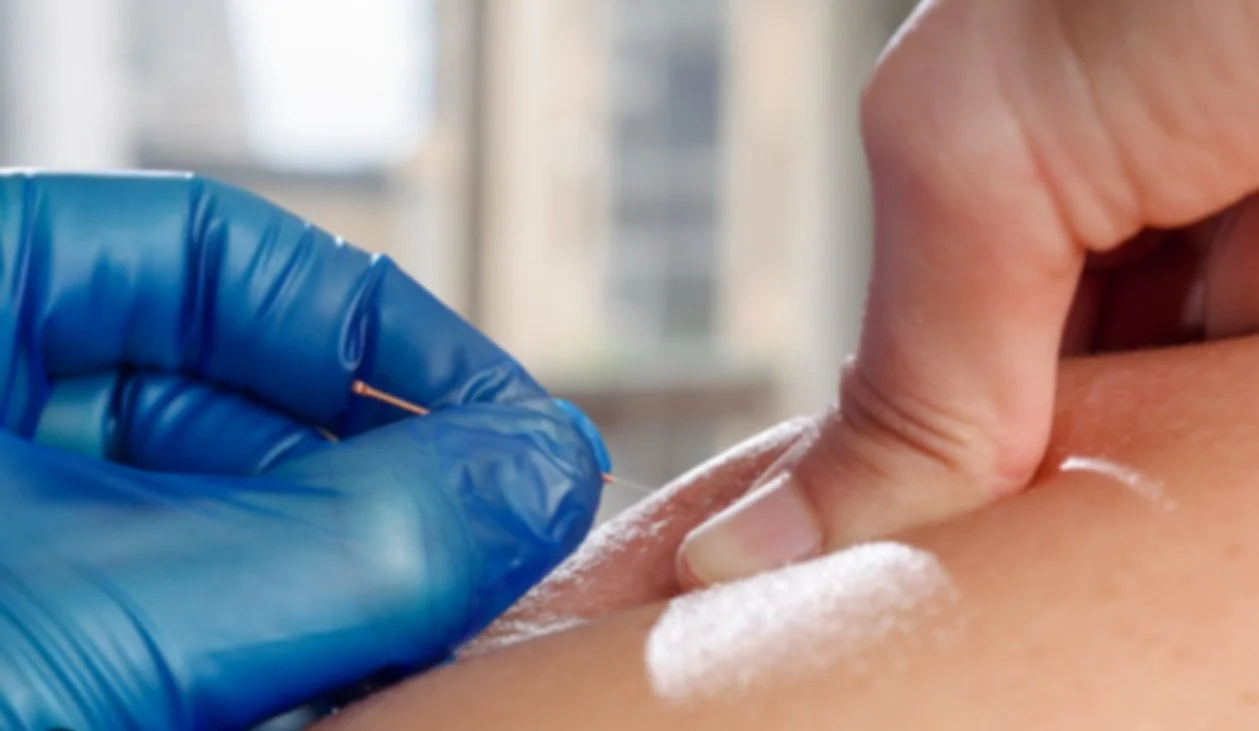You may have heard the term Intramuscular Stimulation (IMS) or Dry Needling (DN) when talking about physiotherapy and rehabilitation, but what actually is it and how is it beneficial? This blog will go through the differences between the two needling practices and how they may benefit you. In the end, the hope is you’ll gain more knowledge and decide whether either form of these needling practices are right for you in your recovery journey.
Dry Needling (DN)
Dry Needling (DN) or Trigger Point Dry Needling (TPDN), is the use of a small dry needle that is inserted into a taut band of muscle or trigger point to release tension.
Trigger points are taut bands of muscle that may occlude blood flow causing a radiation of pain in a distinct pattern. Common areas for trigger points are the postural muscles around the neck and shoulders and your glute and quadriceps muscles. At their worst, you may feel a sharp pain or severe tightness that radiates outward.
During a Dry Needling treatment the needle may go in and out of the targeted muscle or your practitioner may move it around slightly. The goal is to accurately target a trigger point, causing a muscle “twitch” when the needle is inserted. This response will effectively cause muscle relaxation (lengthening), pain relief, and increase blood flow.
Intra- Muscular Stimulation (IMS)
Intramuscular Stimulation or IMS is a form of intramuscular dry needling focused on relieving chronic pain. This method was developed by Dr. Chan Gunn and is taught at the University of British Columbia. Dr. Gunn worked for the Worker’s Compensation Board of BC. It was here he noticed patients with taut bands of contracted muscle that stayed shortened causing chronic stress on soft tissues, nerves, and joints ultimately leading to hypersensitivity. These areas of hypersensitivity would exist well past the successful healing of an injury causing, what Dr. Gunn referred to as neuropathic pain.
IMS was developed to target neuropathic pain by addressing the area of discomfort, but also the dysfunction of the nervous system. During IMS treatment, a sterile dry needling is inserted into taut or tender muscles at the site of pain or near the spine where the nerve that is associated with the affected muscle originates.
Accurate insertion of a dry needle will elicit a muscle “twitch” or a dull ache, while healthy muscle will feel painless. The ache or twitch response leads to three physiological effects; muscle relaxation (lengthening of the muscle), a healing response due to the microtrauma from the needle insertion, and improved nerve signaling due to a generation of an electrical potential.
The Difference Between IMS and Dry Needling
The main difference between IMS and DN is in the approach to treatment. The method of IMS focuses on chronic pain by addressing the area of pain and also the dysfunction of the nervous system, which is why you may have needles inserted in painful muscle as well as the corresponding nerve region of your back. While dry needling, looks more at muscle trigger points and aims to release radiating muscle tension. Is there overlap of these techniques? Very much so, however one may work better for you depending on the cause of your pain.
The Benefits of IMS and Dry Needling
The benefits of these two needling practices are similar in that they:
Reduce Pain: This can take many forms. In many cases, the deactivation of trigger points alone can reduce pain locally; however, by improving muscle extensibility this can, take pressure off joints to reduce joint pain, or nerves to reduce radicular pain. Additionally, chemical changes within the muscle and associated nerves can block or influence the transmission of pain messages to the brain
Improve Muscle Extensibility: The deactivation of trigger points is mostly to thank here. By releasing taut bands found within muscle, muscled spasms can be decreased, seeing an increased range of motion. Improved joint mechanics and using the “twitch response” to our advantage can allow for improved recruitment and activation of appropriate muscles.
Promote Healing: By using a needle., we are creating tiny injuries in a dysfunctional muscle. The body then has an inflammatory response in the area. This is a natural healing process which stimulates healing through collagen and protein formation and can help to restore muscle function.
Promote Blood Flow: Trigger points cause tightness in muscles which can occlude blood flow, restricting oxygen delivery. This lack of oxygen can contribute to pain in the affected area. By using DN or IMS to deactivate trigger points in the muscle, we can reduce the barrier to blood flow and improve oxygenation.
Provide a Window of Opportunity: Using Dry Needling or IMS is kind of like pressing the RESET button on a muscle and nervous system. It provides a window of change where a muscle can be recruited more effectively and help re-establish movement patterns.
It is important to note, that you don’t want rely on dry needling as a stand alone treatment, but instead pair it with other physiotherapy techniques as well as appropriate home exercises to help reinforce movement patterns and repaired function.
If you are interested in either of these treatments, we have clinicians that are qualified in IMS and Dry Needling and are happy to help! Book an appointment with us online or by phone.





